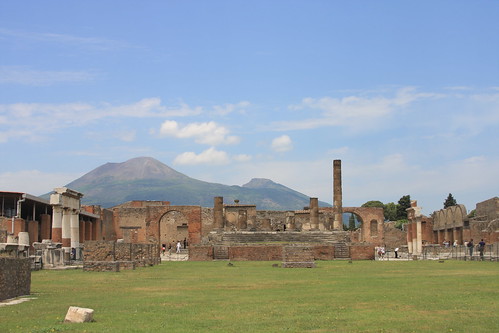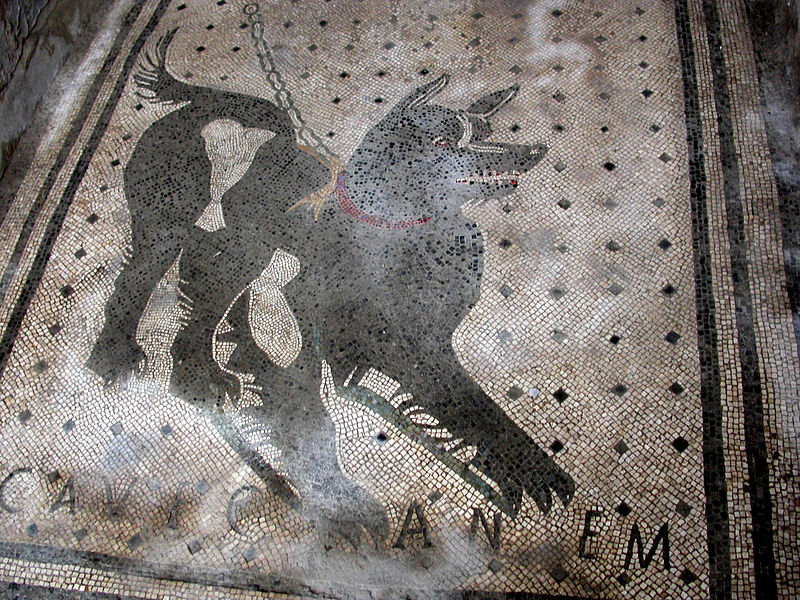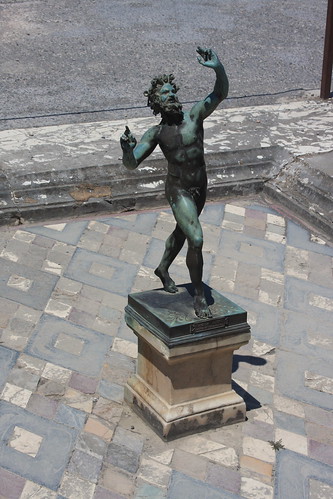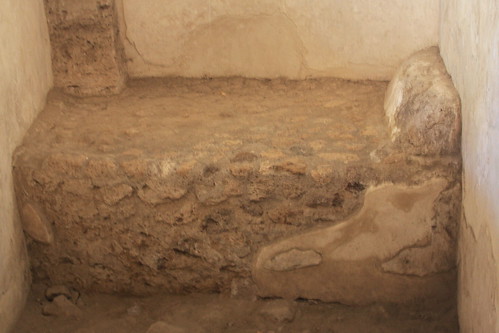

Welcome to the blog of Matt and Laura, two graduate students who were on an adventure in the land of windmills, wooden shoes, dykes, and Heineken - The Kingdom of the Netherlands. During the week, Matt was doing graduate research at TU Delft and Laura was having a blast without him; on the weekend, there was no telling where they would end up. Matt and Laura returned to The States in August 2009, but you can still catch up on their European adventures (and misadventures) here.




 Ball joint about which one side of the barrier pivots.
Ball joint about which one side of the barrier pivots. A look at the Maeslant Barrier down the Nieuwe Waterweg.
A look at the Maeslant Barrier down the Nieuwe Waterweg. It was absolutely covered in garbage and seemed to have nothing to offer but the sale of chintzy drug paraphernalia. (Soft drugs were "tolerated" there until 2004, at which time the government started cracking down...probably because the place is a train wreck.) As a result, we have no pictures. You're not missing anything.
It was absolutely covered in garbage and seemed to have nothing to offer but the sale of chintzy drug paraphernalia. (Soft drugs were "tolerated" there until 2004, at which time the government started cracking down...probably because the place is a train wreck.) As a result, we have no pictures. You're not missing anything.
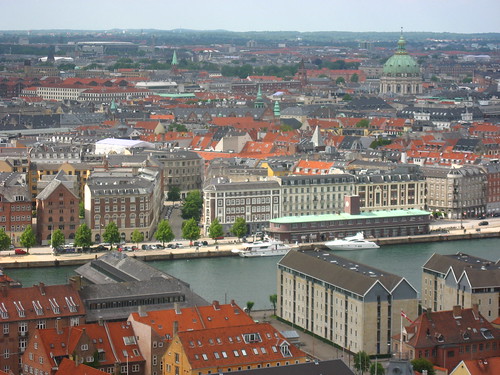

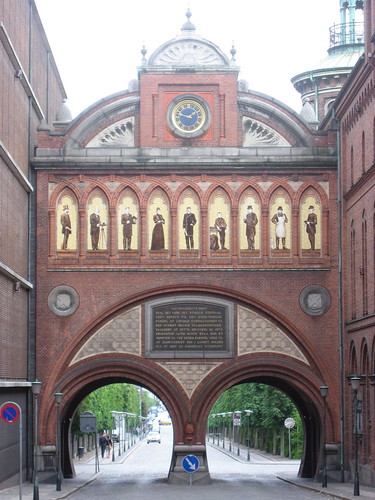
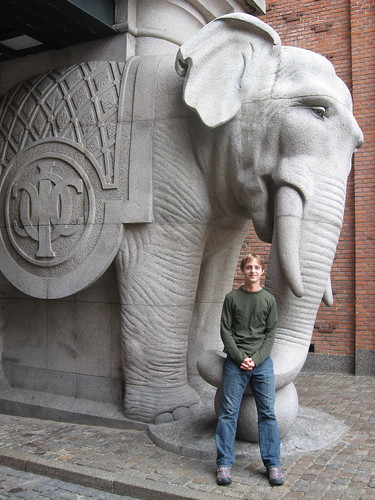

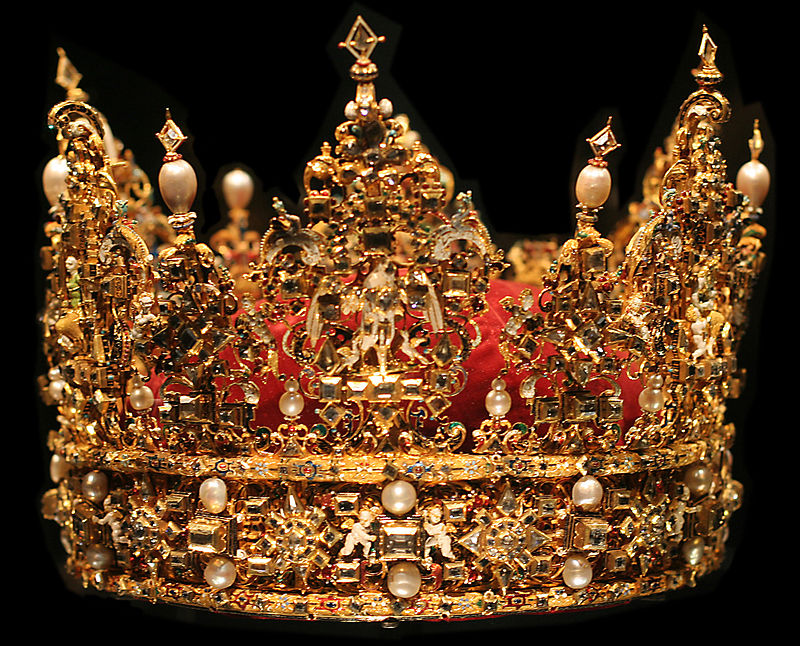 We visited Rosenborg Castle, the home of the most famous of Danish sovereigns, King Christian IV. He ruled from 1588 to 1648 and is remembered for his reform-mindedness. In addition to the beautifully appointed rooms in the interior, Rosenborg Castle also houses the crown jewels. At right you see King Christian IV's crown, which was splendid indeed. Below is Rosenborg Castle itself.
We visited Rosenborg Castle, the home of the most famous of Danish sovereigns, King Christian IV. He ruled from 1588 to 1648 and is remembered for his reform-mindedness. In addition to the beautifully appointed rooms in the interior, Rosenborg Castle also houses the crown jewels. At right you see King Christian IV's crown, which was splendid indeed. Below is Rosenborg Castle itself.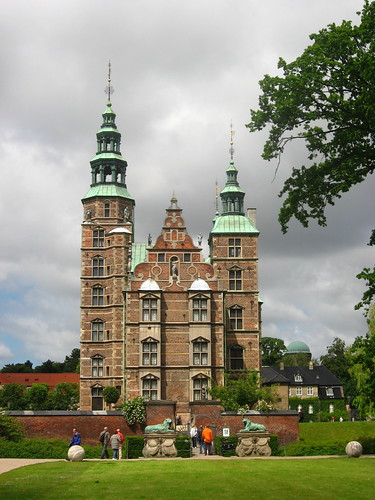
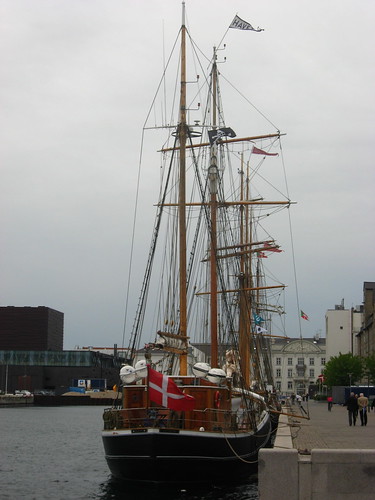

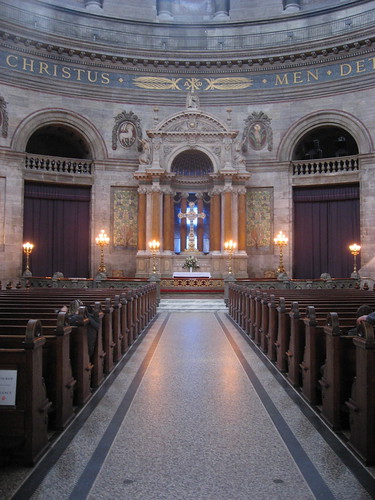
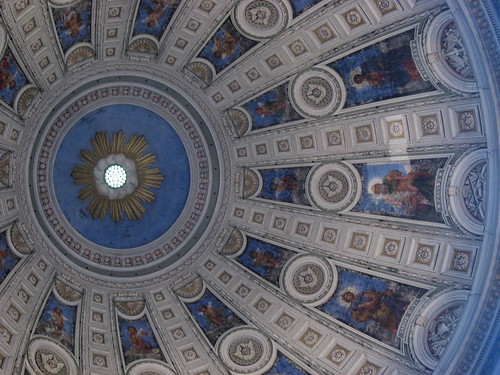

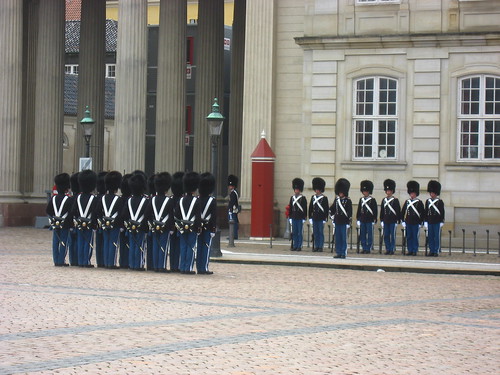
 Finally, Laura and I also spent an evening at Tivoli Gardens, the Danish amusement park right in the heart of Copenhagen. According to Wikipedia, it opened in 1843 and is thus the second oldest amusement park in the world (after another Danish amusement park). Tivoli has a nice atmosphere, and in fact a lot of people pay reduced entree fees just to walk around and enjoy the gardens and eating establishments.
Finally, Laura and I also spent an evening at Tivoli Gardens, the Danish amusement park right in the heart of Copenhagen. According to Wikipedia, it opened in 1843 and is thus the second oldest amusement park in the world (after another Danish amusement park). Tivoli has a nice atmosphere, and in fact a lot of people pay reduced entree fees just to walk around and enjoy the gardens and eating establishments.


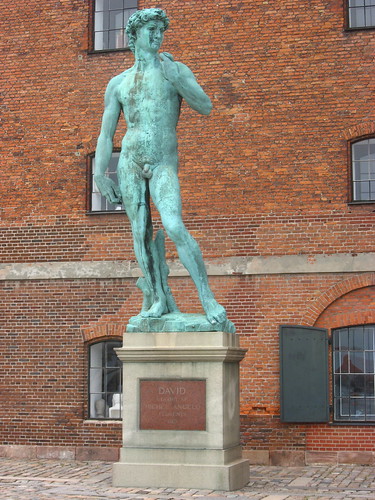
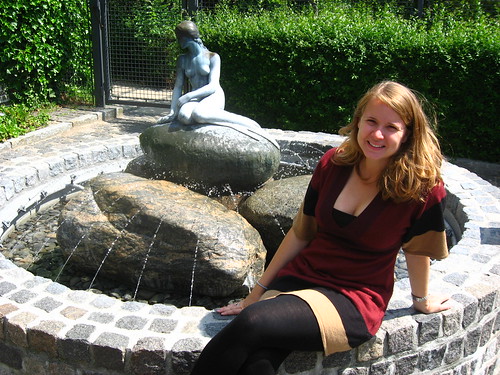



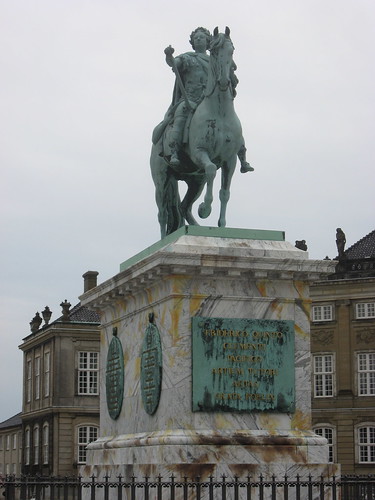


 If I could pick a single word to describe Copenhagen (København in Danish), I would say "regal." It is a beautiful and proud city, with Danish flags flying everywhere, more statues than I could count, and very clean and proud architectural design.
If I could pick a single word to describe Copenhagen (København in Danish), I would say "regal." It is a beautiful and proud city, with Danish flags flying everywhere, more statues than I could count, and very clean and proud architectural design. 

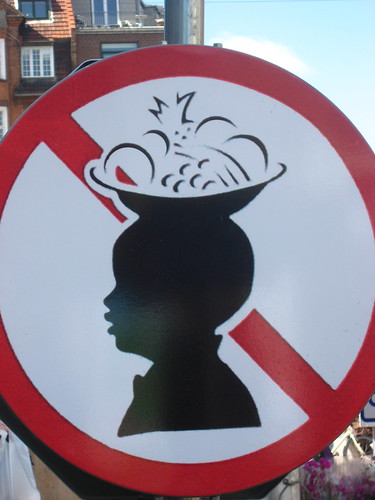

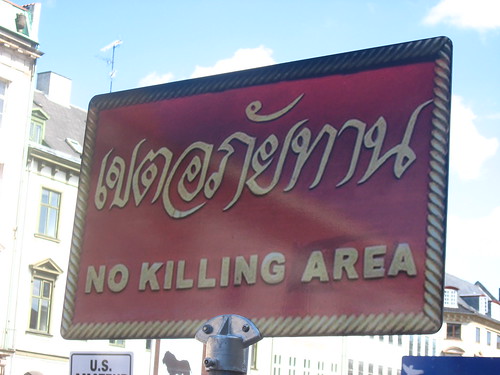


 Between Capri, Mt. Vesuvius, and Pompeii, our last days in Italy were awesome. It's a beautiful country with friendly people, incredible history, lots of sunshine, and - of course - gelato on every corner. (It's not just anywhere in the world you can get, for instance, ricotta pear or balsamic ice cream flavors...)
Between Capri, Mt. Vesuvius, and Pompeii, our last days in Italy were awesome. It's a beautiful country with friendly people, incredible history, lots of sunshine, and - of course - gelato on every corner. (It's not just anywhere in the world you can get, for instance, ricotta pear or balsamic ice cream flavors...) On the morning of May 31st, though, it was time to depart. But we didn't head back to Delft just yet. A presentation I had been accepted to give at an engineering conference took us next to Lisbon, Portugal for a week. Olá Portugal!
On the morning of May 31st, though, it was time to depart. But we didn't head back to Delft just yet. A presentation I had been accepted to give at an engineering conference took us next to Lisbon, Portugal for a week. Olá Portugal!


